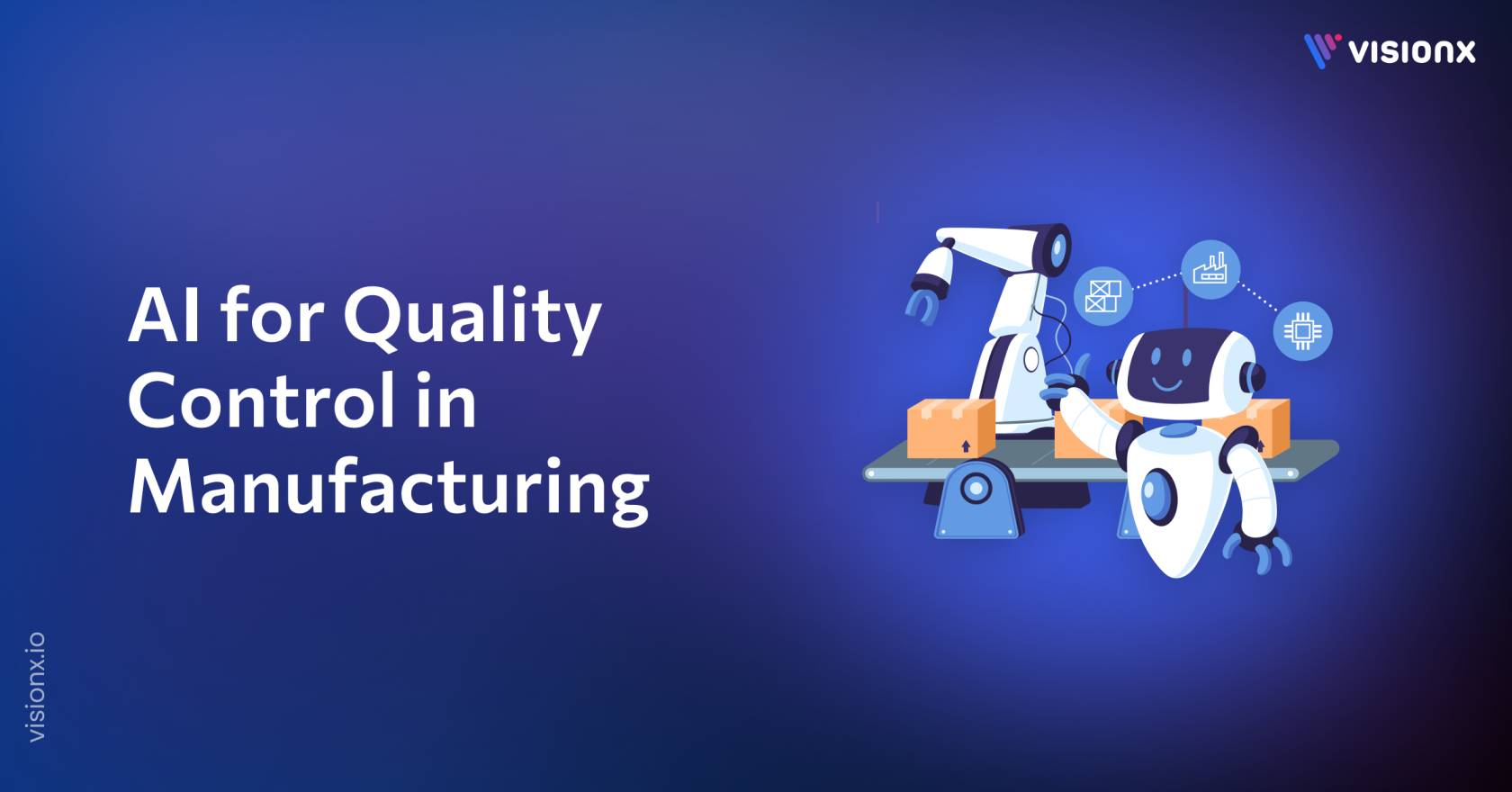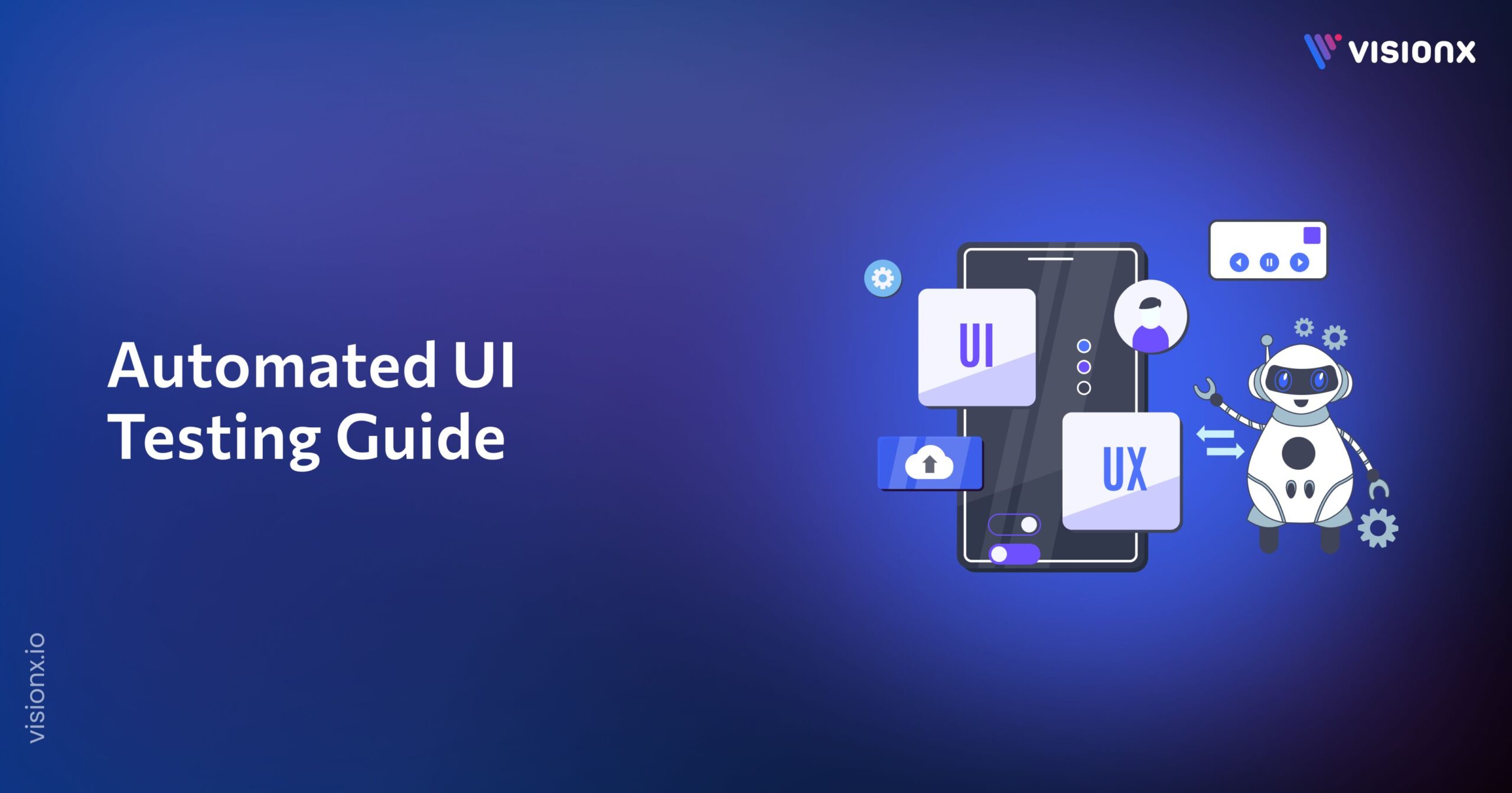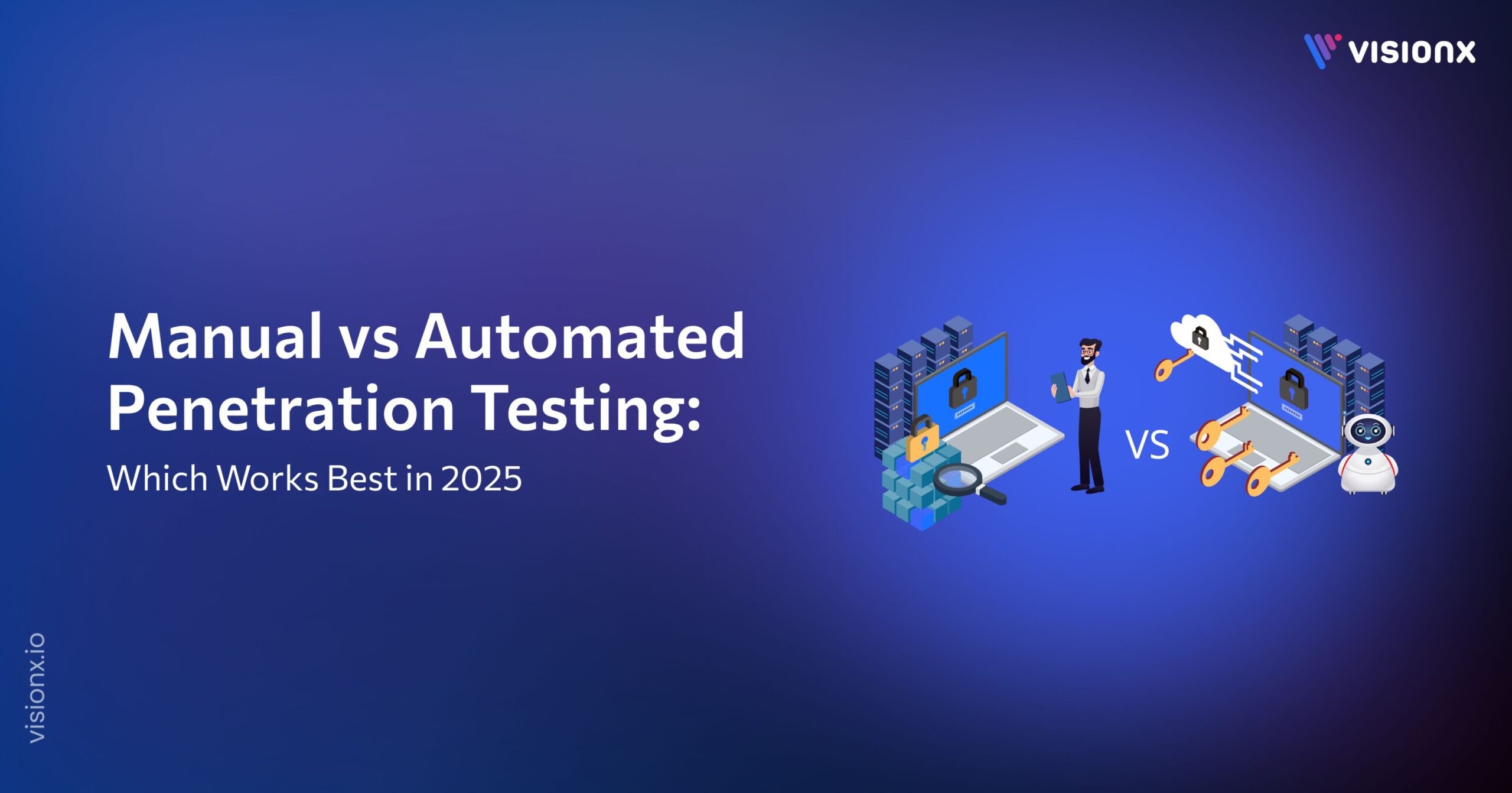Quality control has always been one of the toughest parts of manufacturing. A single flaw can stop an assembly line or trigger a recall that costs millions. Even skilled inspectors overlook flaws in traditional inspection, which still depends on human checks and random sampling. Fatigue and repetition make it much worse. Studies show that up to 30% of defects slip through manual visual checks.
To close these gaps, manufacturers are using AI for quality control. Instead of random samples, AI quality control systems can inspect every product on the line in real time. McKinsey found that smart-quality methods can cut the total cost of quality by up to 50%.
Manufacturers that use AI for quality control gain efficiency and productivity. They reduce recalls, keep production lines moving, and ensure consistent quality at scale. In this blog, you’ll see 10 ways AI can make quality control in manufacturing more consistent, less costly, and easier to improve over time.
What Is AI for Quality Control?
AI for quality control means using artificial intelligence, such as machine learning algorithms, computer vision, and predictive maintenance, to improve and automate quality standards throughout quality assurance processes. AI quality control systems detect defects, track data in real time, and ensure quality control automization in various steps of manufacturing processes.
These systems can look for surface cracks, misalignments, or measurement errors with higher accuracy than manual inspection. For manufacturers, using quality control for manufacturing means fewer recalls, lower costs, and stronger confidence in the products sent to market.
BMW, for example, uses AI visual inspection systems to check painted car bodies for dust particles and surface flaws. The system scans every vehicle with precision and helps workers fix issues immediately, which improves both efficiency and product quality. In order to attain higher standards, this depicts how AI for manufacturing quality control combines automation with human inspection.
Why AI Matters in Quality Control Today
Manufacturing industries lose millions every year due to defects that slip through checks. Traditional methods can only do so much. Manual reviews are slow, costly, and miss errors that AI can determine in seconds. It’s the reason companies are turning to smarter tools to raise quality standards.
Here’s how AI is revolutionizing quality control.
- Detects defects faster and more accurately, even spotting tiny flaws humans might miss
- Predicts quality issues in advance, reducing waste and downtime
- Keeps machines running smoothly with predictive maintenance
- Optimizes production in real time for efficiency and consistency
- Delivers reliable results at scale across multiple production lines
The global quality management software market, which includes AI tools, could reach USD 20.66 billion by 2030, with steady growth of 10.6%. This growth shows how important AI for quality control has become for industries.
How We Selected These AI Applications
To keep this blog practical, we narrowed our focus to applications that truly impact quality control in today’s factories. The ones you’ll read about weren’t picked at random. They check off some key boxes that matter most to manufacturers.
- Proven gains in AI for quality control, such as a higher defect catch rate, lower cost, and steady quality standards
- Fit with current manufacturing processes and equipment with minimal change
- Strong use of predictive analytics for early alerts that prevent defects and scrap
- Scale across lines and sites so quality control QC stays consistent
By imposing these standards, we focused on the AI solutions that genuinely raise the bar for quality control.
10 Ways to Use AI for Quality Control in Manufacturing
Let’s walk through some of the most effective ways AI helps manufacturers raise product quality and keep operations on track.
1. Automated Visual Inspection with ML
Catching every defect manually is tough, especially when production moves fast. AI for quality control uses machine learning to spot flaws instantly. The system checks thousands of images and flags issues that humans might miss, from tiny scratches to subtle misalignments.
This type of AI quality control is applicable to all industries. Packaging lines can detect misprints, automotive plants can identify cracks, and electronics factories can catch soldering errors. Using AI quality control for manufacturing makes inspections faster, more consistent, and less reliant on human judgment. A Deloitte study found that AI-driven visual inspection can reduce defect detection costs by almost 50%.
What makes it even more useful is scalability. The same AI visual inspection system for quality control can run on multiple production lines or sites, helping maintain high quality across the board while freeing workers from repetitive checks.
2. Predictive Maintenance for Quality Equipment
Equipment breaking down can stop production and hurt product quality. AI for quality control in manufacturing can predict problems before they happen. Sensors collect real-time data from machines, and AI quality control systems check for signs of wear or faults.
For instance, AI is used in an automotive plant to keep an eye on stamping machines. When the system notices odd vibrations that point to a possible bearing failure, maintenance personnel can address the issue before production is stopped.
Instead of responding to failures, this enables manufacturers to schedule maintenance at the appropriate time. AI quality management helps maintain constant quality standards, minimizes downtime, and keeps production running smoothly.
On top of that, it promotes floor-wide improvement and saves money. Equipment life is increased, repair costs are reduced, and product quality is maintained through predictive maintenance using AI tools for quality control.
3. Real-Time Monitoring and Process Optimization
Defects or material waste can result from even minor production adjustments. AI for quality control in manufacturing keeps an eye on procedures and promptly notifies teams of any deviations. Temperature, pressure, speed, and other variables are monitored, and the system can recommend changes to uphold quality standards.
A beverage company, for instance, uses AI to monitor its filling lines. The system automatically corrects the machine and alerts operators if the liquid levels slightly decrease, which prevents customers from receiving underfilled bottles.
It helps producers maintain high quality and production consistency across all lines. In addition, it generates data that can direct enhancements and more informed choices, which results in more streamlined and dependable operations.
4. Predictive Quality Analytics
If ignored, minor problems can grow into major ones. How can producers identify flaws before they manifest in the finished product? AI for quality control examines information from each production step to forecast potential defect locations. Identifying patterns and trends enables teams to act sooner.
This means that minor adjustments to materials, machinery, or procedures are promptly detected across production lines, allowing issues to be fixed before they have an impact on the finished product.
AI quality control helps reduce waste, keeps production running smoothly, and maintains high quality. At the same time, it provides insights that help manufacturers make better decisions and stop the same issues from coming up again.
5. AI-Driven Compliance Verification
Meeting industry regulations and internal quality standards can be tricky, especially with complex products or processes. AI for manufacturing quality control helps track compliance automatically. It monitors production and flags any deviations from required standards in real time.
It helps teams make sure every batch meets the same quality standards. The system also creates data that shows trends and helps prevent future compliance issues, supporting consistent results across production lines.
AI quality control supports continuous improvement. By reviewing compliance data across lines or plants, manufacturers can find weak points, prevent future issues, and maintain consistent results throughout production.
6. Supply Chain Quality Control with AI
Maintaining product quality across a supply chain can be considered difficult. AI quality control systems help track materials, components, and finished goods from suppliers to the production floor. They detect potential defects before they reach manufacturing, ensuring high standards throughout.
Manufacturers can monitor supplier performance and identify weak points in processes. Teams can take early action to avoid disruptions by using AI for manufacturing quality control, which yields data that identifies recurring problems.
This approach supports consistency across multiple suppliers and facilities. Quality control automatization with AI reduces waste, lowers costs, and helps maintain reliable output from start to finish.
7. AI + IoT Integration for Smarter QC
Manufacturers can see their production clearly when they connect sensors and machines to the Internet of Things. AI-powered quality control systems use IoT in manufacturing data to catch issues before they have an impact on the finished product.
Teams can see issues early and fix them fast, keeping quality consistent across all lines. For instance, a food processing plant tracks temperature and moisture in real time. The system alerts operators if values fall outside the standard, preventing defective batches.
This setup keeps production smooth, reduces waste, and maintains high standards without adding extra work for the team.
8. Automated Quality Reporting and Analytics
Production line data can be debilitating. AI for quality control systems automatically gathers and arranges this data, providing you with lucid reports and analytics that highlight flaws, patterns, and problem areas.
You can see patterns across different lines or shifts and act on real data instead of guesswork.
- Identify defects before they reach customers
- Spot repeated issues across production lines
Since they require less manual reporting, these AI-powered quality control systems also save your team time. With trustworthy information at your fingertips, you can uphold high standards, cut waste, and ensure seamless factory production.
9. Human-AI Collaboration in Inspections
Human insight is still valuable even with proficient AI quality control systems. Humans can interpret context and make final decisions, but AI can analyze vast amounts of data and identify minute flaws.
- AI visual inspection systems detect microscopic flaws that humans might miss.
- Operators review AI alerts and confirm actions to ensure accurate results.
Manufacturers can defend high standards and keep mistakes from getting to consumers by fusing human expertise with AI-powered quality control. This partnership keeps production steady and dependable without putting too much strain on your staff.
For more on how humans and machines can work together in manufacturing, check out our article on Industry 5.0: The New Era of Human-Machine Collaboration.
10. Scalability and Consistency
As production grows, one of the biggest challenges is keeping quality uniform across all lines and facilities. AI for quality control lets you apply the same standards everywhere, so no product falls below expectations. They apply the same standards everywhere and detect issues before they affect the final product.
Teams get data that shows weak spots across sites, so they can act fast. AI for manufacturing quality control reduces errors, enforces high standards, and keeps operations smooth, no matter how much production expands.
Some factories use AI to simulate potential problems before full-scale production. This helps avoid costly mistakes and keeps output consistent.
The Future of AI in Quality Control
AI for quality control will continue to become more precise and proactive, giving manufacturers better tools to maintain high standards across production. Here are three key technologies shaping the future:
1. Advanced Computer Vision Systems
AI visual inspection systems with high-resolution cameras can spot defects too small or subtle for human eyes. These AI quality control systems analyze surface texture, shape, and color in real time, helping teams catch problems before they reach customers.
2. Predictive Analytics and Digital Twins
AI for quality management uses predictive analytics to forecast equipment failures or product defects before they happen. Digital twin models simulate production lines so manufacturers can see potential issues without stopping the process.
3. Integrated IoT and Sensor Networks
AI for manufacturing quality control uses IoT sensors that feed real-time data to the system. The AI flags unusual readings in temperature, vibration, or pressure, helping teams maintain consistent quality and high standards across multiple sites.
How VisionX Helps Manufacturers Use AI for Quality Control
Many manufacturers struggle to implement AI solutions that truly improve quality control without disrupting production. But VisionX provides tools designed to fit directly into manufacturing processes. The platform equips teams with technology that improves consistency, detects defects early, and supports smarter decisions.
Here’s what makes VisionX stand apart:
- Customized AI visual inspection systems, predictive analytics, and IoT sensor configurations to your production context.
- Real-time insights are reports designed to allow teams to react quickly.
- Human-AI collaboration applies operator experience to AI scoring.
- Flexible systems that adapt to process variations or new designs while standardizing quality.
- Seamless adoption that minimizes error and increases efficiencies at the production line scale.
VisionX makes operations more dependable and data-driven while assisting manufacturers in maintaining high-quality output.


